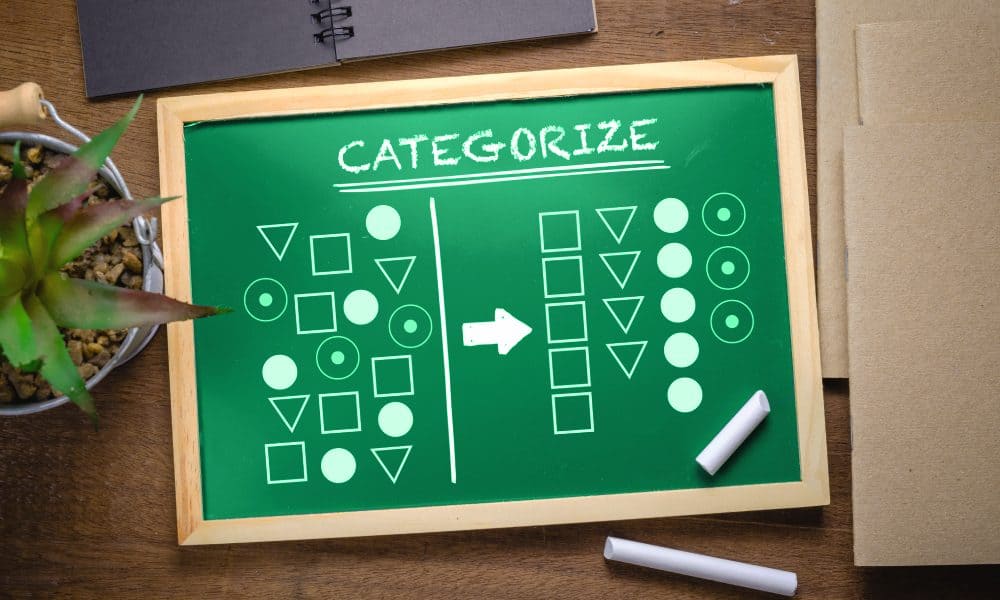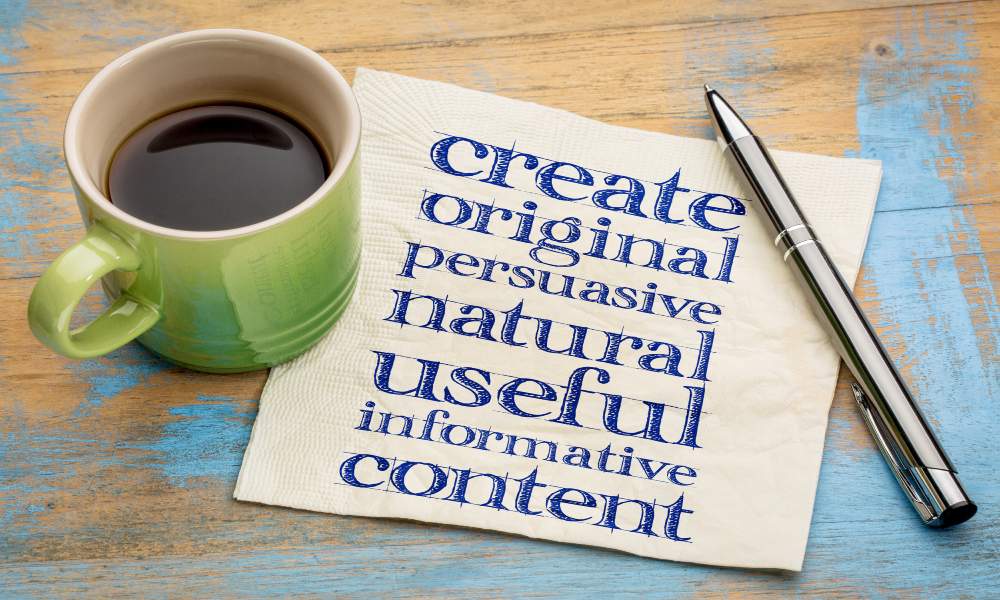How ready are your potential customers to buy from you?
The short answer is, different customers are more or less ready. Some are champing at the bit to hand over their money (don’t we all love those ones!), while others have no clue that they have a problem, let alone that you and your services are there to solve it for them.
From a content marketing perspective, the challenge is that prospects at different stages of the buyer journey need different content. And you need to have something for everyone. So what does that look like?
Content for stage one of the buyer journey – awareness
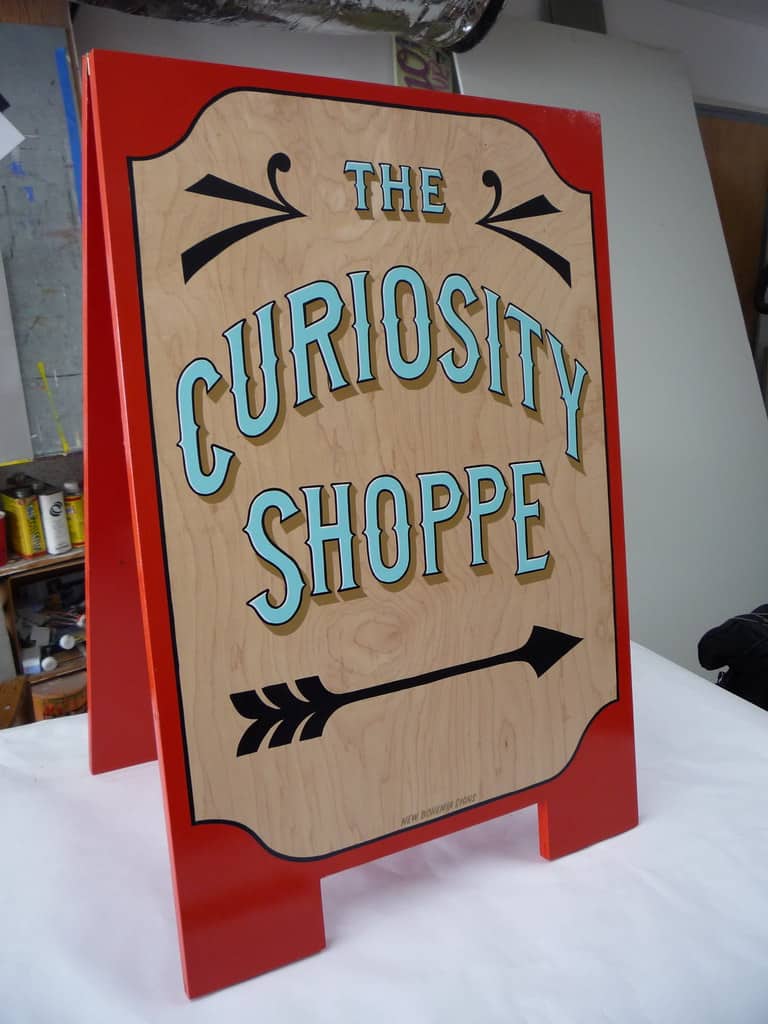
You may need to make prospects aware that they have a problem. Or they may know that, but not know about you.
In either case, content to raise awareness can’t just sit on your website, or even on your social media. Realistically, these prospects with minimal awareness aren’t going to be on your platforms. So what can you do in other places?
- Advertising is always going to be there. It isn’t generally considered as content marketing, but don’t forget it’s there as an option. And with ‘native advertising’ (the online equivalent of ‘advertorial’ content), the lines can get pretty blurred.
- Publicity and press releases can also help. Ideally you want a really good story which gets you lots of interviews and media. In the worst case scenario, you can at least get one link from a domain with high authority by posting your press release to prwire.com.au for free.
- Guest blog posts on other well-known sites are an established way to get both quality links to your site and traffic.
- Posts and articles (and comments) on industry sites can be a great way to raise profile.
- Podcasts are a newer but very powerful way to raise your profile. Podcast hosts are often looking for new people to interview, so there are opportunities out there. Another advantage is that people listen to podcasts while they’re driving or doing something else. You might get divided attention, but it’s easier for them to fit a podcast into their day than to commit time to reading an article or blog or watching a video.
- Another ‘easy’ type of content is the infographic. People like the visual format and with the right info and graphics you can find you have very shareable content. You can host an infographic on your site, but also post to other sites online for more profile and links.
Of course, awareness also requires content on your website. When people are aware they have an issue, but don’t know about you and your business, SEO-optimised content can bring them to your site.
Coming to your site is not the end goal, though. You also want your content to move visitors on to the next stage of the buyer journey.
Content for the ‘Interest’ stage of the buyer journey
Blogs remain really important at the interest stage of the journey – especially for complex products and services. Blogs not only attract people to your site, they educate and inform.
Case studies and testimonials are also important from this stage onwards. As potential customers engage, they need to trust you. Positive stories from others who have worked with you can really help with that trust. It’s the equivalent of trusting people your friends introduce to you.
Whatever the content piece, it’s important to think about what you want the visitor to do next. And give them clear directions what to do as well!

Some options are:
- Visit another blog post. A common example of this is where you have short, snappy blogs which link to a much more extensive ‘cornerstone content’ article.
- Visit a service page. For example, people looking at this blog are probably trying to find out about how to make content marketing work overall, so linking to our content strategy service page makes sense.
- Take part in a poll or survey.
- Do a quiz or assessment.
- Download a useful guide or resource. So for example our post about power words invites you to download a master list of power words.
- Subscribe to your email list to get more updates from you.
- Contact you – via a form on the page or via your main contact page.
Not everyone will do what you want them to, but if you make the next step clear, it helps!
Another key question is whether to ask for any contact details at this stage. Sometimes it’s a no-brainer – if they want to read another blog, no; if they want your newsletter, yes – but other times, it’s a judgement call. Ask yourself:
- How useful is this download or resource to the user? If it’s not that useful, make it easy – give it away for free. If you think it’s fabulous value (and more importantly, previous clients have told you it’s fabulous value) ask for some contact details.
- How easy is it for them to get it elsewhere? For example there are plenty of ‘how much can I borrow?’ calculators available online for home buyers. Asking visitors to give you contact details just to work this out isn’t going to work!
So what might be worth giving contact details for?
- In-depth proprietary research results. If you’ve invested in research, share some interesting headline statistics freely, but realise that people who want to dig into the detail are more interested and committed.
- A meaty guide or ebook which answers questions about more than just your service. For example, a removals company might offer a checklist of everything you need to do when you move house.
- An interactive tool or template they can use in their own business.
Very often, this valuable content helps with developing thought leadership. It positions you as an expert – a helpful expert – with a wide viewpoint which goes beyond just selling your services.
Thought leadership, however impressive, is still general. You have opinions on what generally happens, or the general state of your industry. The next stage takes us from the general into the individual.
Moving along the buyer journey from interest to questions
Interested prospects engage with your content – whether it’s blogs, podcasts, reports or whatever. Then they start asking, ‘How does this apply to me or my company?‘
Content at this stage can include:
- Pricing (especially if there are different price points for different levels of service)
- Product information sheets
- FAQs
- How to videos and other educational information
- More detailed case studies which demonstrate ROI
It can also include:
Personalised or interactive content
- For software, a free trial is a way to test
- Webinars can be an excellent opportunity to build some connection and also answer specific questions or look at certain scenarios.
- Anything personally tailored to the visitor. A quotation or estimate. A personalised assessment. (Just make sure it’s not easily available for free elsewhere, unless you have significantly more authority in the aream, or are giving more value.)
Comparisons
Content comparing your product with direct competitors can be helpful. It’s also common for consultants and experts to compare 2 or 3 popular software platforms. Try searching something like Mailchimp vs Active Campaign. For companies like NoBull Marketing which offer email marketing services, anyone who’s interested in email marketing platforms is a potential customer! And being perceived as an expert by comparing tools is a great way to establish thought leadership!
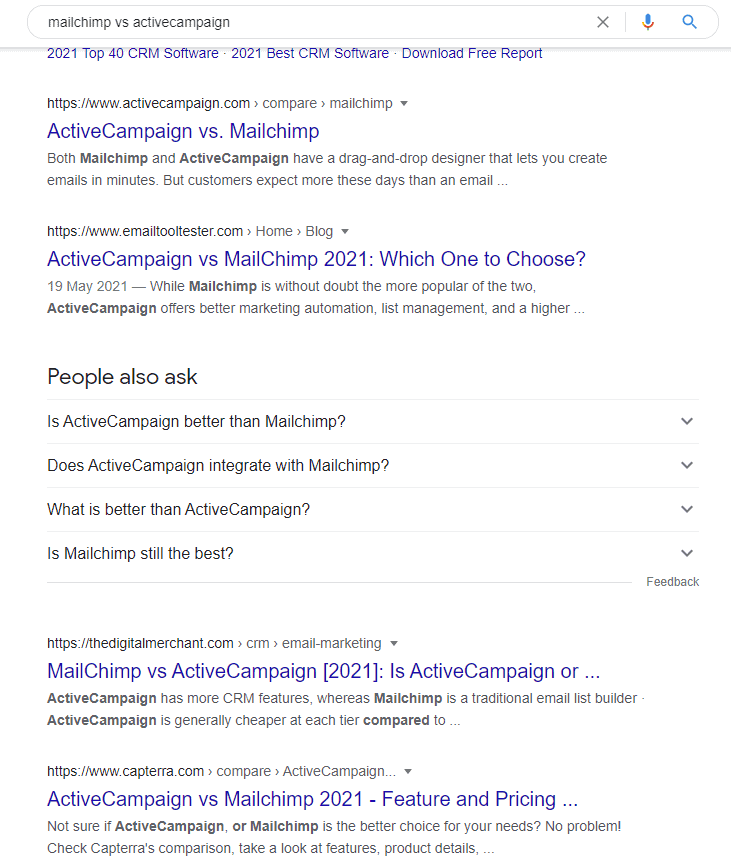
Later in the buyer journey – discussion and purchase
More effort is justified for the smaller number of potential clients who have made it all the way along the buyer journey to the purchase decision point. Content at this stage may be less on your website and more via email or online and face-to-face presentations. This is especially true for complex and custom services.
If you’re selling software or systems consulting, you might offer a custom demonstration.
Proposals are also usually custom – at least to some extent. You may include specific reference sites or example projects tailored to a specific prospect. Pricing and timelines may vary.
Promotions and Offers
Even for standard products or services, there’s an opportunity to send targeted content for buyers at the decision stage.
Offering discounts publicly on your website can cause problems with existing clients – realising that new customers are getting a better deal than they have doesn’t make clients happy! It’s often better to send an offer via email to a carefully selected segment of your database. You can also set up automations with special offers. The best known example is the ‘abandoned cart’ email in e-commerce – if someone didn’t actually purchase, send an offer with a reduced price and a deadline.

Beyond the Purchase Decision
Never forget that marketing continues even after a prospect says yes. The aim is to have not just a client, but a happy client who praises you and refers you to others. The right content can be part of that.
Consider a welcome pack or a series of onboarding emails. A private group or a client email list with additional support, training or information which makes your clients feel special.
You may also want to run customer satisfaction surveys. It’s all content which (if done right) will build stronger client relationships.
How well does your content marketing serve all stages of the buyer journey?
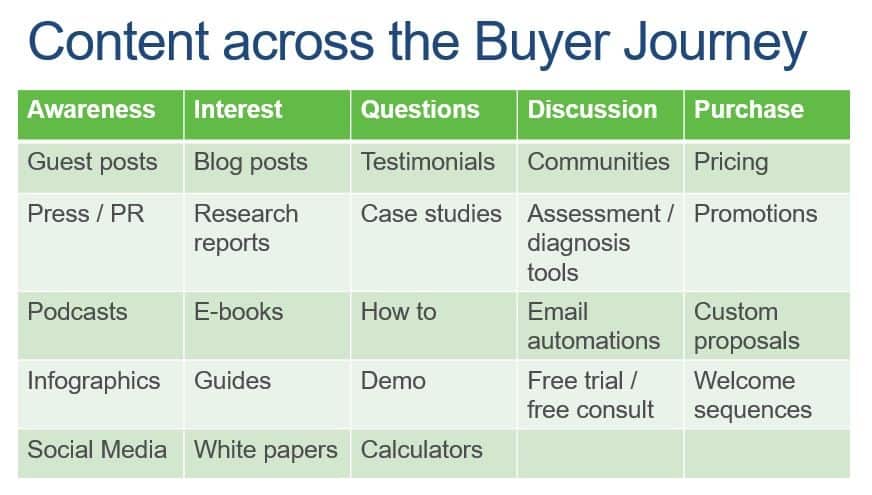
A first step in any developing any content marketing strategy is to review existing material and identify the gaps.
- It may be that you have a fabulous website, but no traffic because you have no wider profile to raise awareness of your business.
- It may be that you have excellent SEO and plenty of traffic, but most of it is simply bouncing away without engaging.
- Or you may be offering everything without ever capturing (or even asking for) contact details.
Every business is different. Every industry is different. If you’d like help mapping out a content strategy for your business, we’d love to talk!



